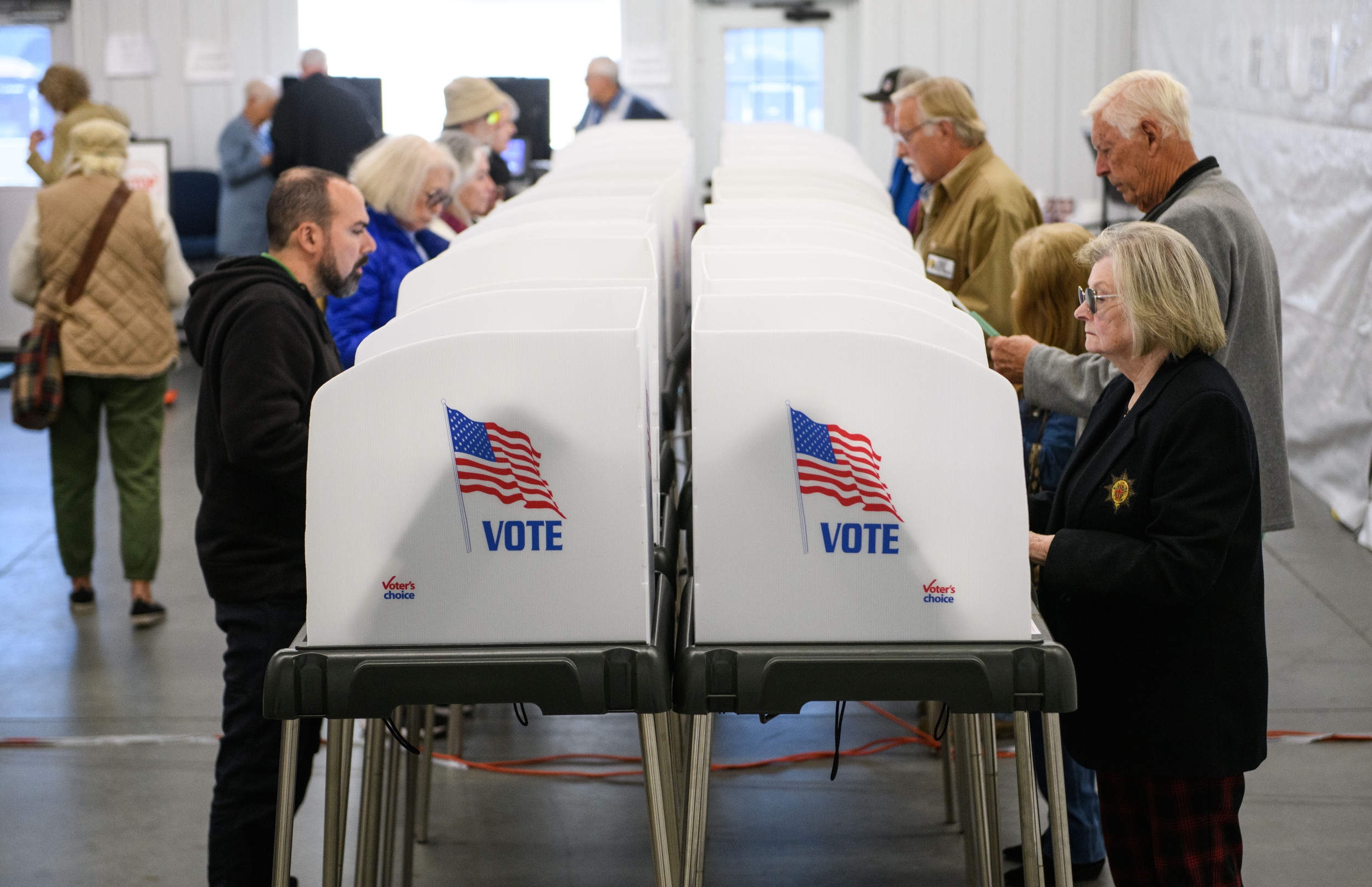According to a recent poll from AtlasIntel, the most accurate pollster of the 2020 election, there’s a possibility of an Electoral College tie between Vice President Kamala Harris and former President Donald Trump. The survey, released over the weekend, shows Trump leading in states like Georgia, Michigan, and Pennsylvania, while Harris maintains an edge in North Carolina, Arizona, Nevada, and Wisconsin. If these results hold, both candidates would end up with 269 electoral votes each—leaving them short of the 270 needed to win.
Current data from FiveThirtyEight supports this notion, showing Georgia and Pennsylvania leaning Republican, with Michigan still blue. Trump’s leads extend to Arizona and North Carolina. In their forecast, if the election occurred today, Trump would claim 281 electoral votes, though the chance of an Electoral College deadlock is relatively low at just three percent.
What Happens if There’s a Tie in the Electoral College?
The U.S. Constitution stipulates that in the event of a tie, the House of Representatives will select the president through a ballot. Importantly, they vote by state delegations rather than as individuals.
“Should a tie occur, it’s likely Trump would still be inaugurated as president,” notes political analyst Burgat. “Even with a tie, he might claim a larger victory than indicated by the Electoral College results.”
It’s crucial to highlight that the vote would be conducted by the new House of Representatives, elected in November 2024 and taking their seats in January 2025. Despite the potential for controversy, Burgat anticipates a smooth transition, as Harris would likely accept the outcome, consistent with her commitment to uphold electoral integrity.
Historically, the House has intervened in presidential elections just twice: the first was in 1800 when Thomas Jefferson and Aaron Burr tied, requiring 36 ballots for a decision. Similarly, in 1824, the House elected John Quincy Adams despite Andrew Jackson receiving both the most popular and electoral votes.
